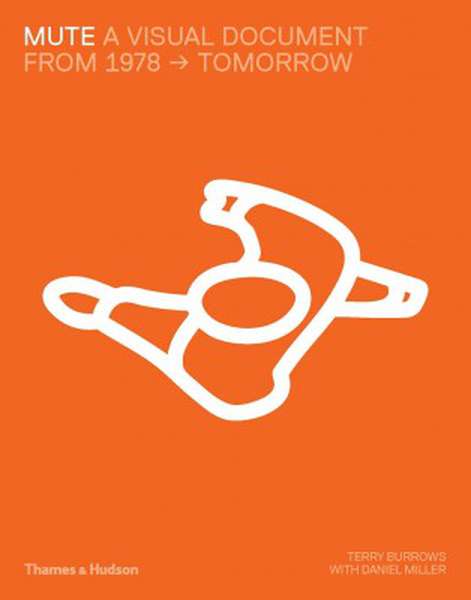For the uninitiated, and if you are, you might want to look at changing that immediately – shame on you: Mute Records (commonly known, referred to and stylized as “mute”) by and large is one of the most influential British independent platforms and record labels that helped launch the careers of acts that not only fundamentally changed the idea of what is possible and still continue to push the envelope to this day, despite most of them not only having infiltrated but having become an integral part of the fabric of popular culture.
Daniel Miller created Mute in 1978 informed by the tenet to create a platform for the ground-breaking new wave of electronic sounds emerging in the UK, sounds that were firmly rooted in the Do-It-Yourself ethos of punk rock and fuelled by a sheer insatiable appetite for experimentation. It did not long for Miller’s operations to take off: Mute became a staple, constantly pumping out quality releases that did both – filled stadiums and scored high in mainstream charts as well as giving voice to fringe artists – be it industrial or noise – and thereby nurturing the evolution of new scenes.
I would yet have to encounter someone who was socialised and brought up with Western music to not have at least heard of the fairly prominent musical acts on Mute’s roster, e.g. from Basildon’s via the innovators Fad Gadget to danceable music like Moby and New Order or grand masters like Nick Cave and the Bad Seeds and Diamanda Galas, et cetera.
This hefty, beautifully designed book – the gimmick is that it comes with a bare threaded spine which displays the Mute logo – is a swanky, opulently illustrated, encompassing and commanding document spotlighting artwork and photography, which apart from essays and background information, strikes the right balance to document the label’s history.
The book was put together and carefully curated by the man himself, who also wrote the introduction and delivers the red thread throughout Mute’s evolution from being a bedroom operation to a major mover and shaker in the music industry and throughout his and the label’s illustrious career with one of the most eclectic rosters in music in electronic music history, to say the very least.
Included are depictions of the covers of most of Mute’s releases, a somewhat confusing but still interesting and helpful Mute Family Tree of related artists, a myriad of artwork and early flyers, posters and promotional collateral, and a range of to the point, but circumstantiated and informative essays shedding light on the label’s history. The albums and singles discography at the back of the book comes in handy not just for completists and collectors.
I’d go as far as to claim that it must-have for any music enthusiast, as it details all things Mute in a coherent and visually appealing manner - much of it previously unseen – as well as behind-the-scenes anecdotes, personal interviews and insights from the protagonists who have worked with the label over the years and whose lives have been changed accordingly.



